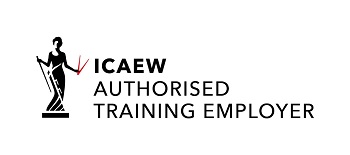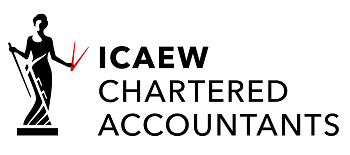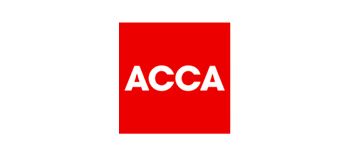
The taxman’s gone digital, and frankly, it’s about time. But if you’re running a small business and the mere mention of “making tax digital for VAT” makes your head spin faster than a washing machine on its final cycle, you’re not alone. This isn’t just another bureaucratic hoop to jump through – it’s a fundamental shift that’s already reshaping how thousands of UK businesses handle their VAT obligations.
Here’s the thing: whilst large corporations have been dancing with digital tax systems for years, small businesses have been left scrambling to catch up. Making tax digital for VAT became mandatory for all VAT registered businesses, regardless of turnover, from April 2022 (Making Tax Digital for VAT | The Association of Taxation Technicians), and yet many business owners are still wondering what on earth they’ve signed up for. If you’re feeling like you’ve been thrown into the deep end without swimming lessons, this guide will help you navigate these choppy waters.
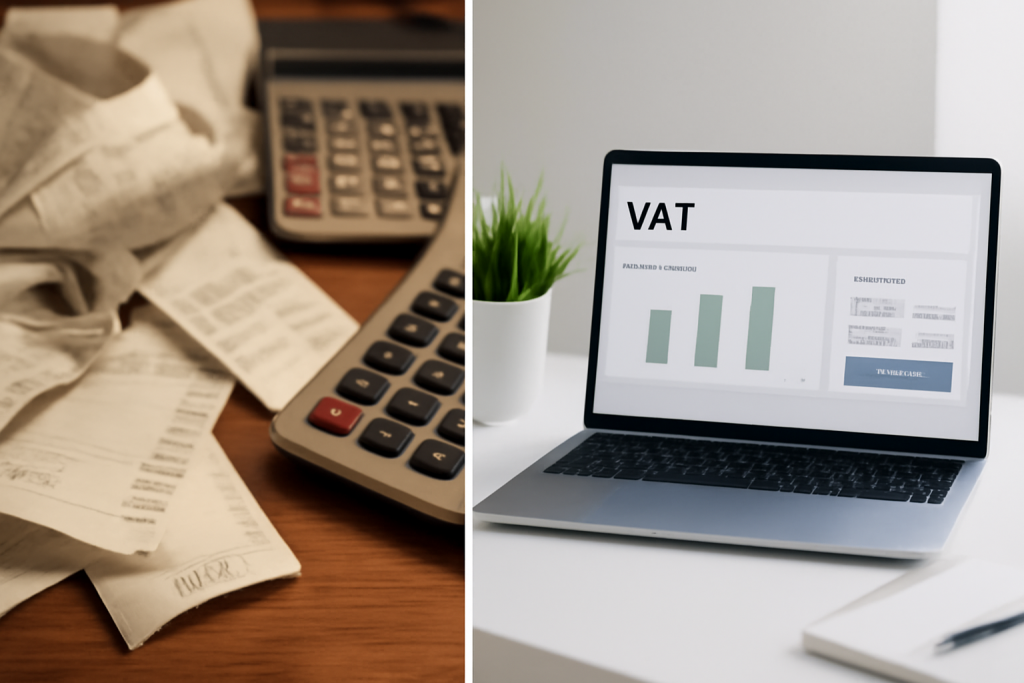
What Actually Is Making Tax Digital for VAT?
Making tax digital for VAT isn’t just HMRC trying to sound trendy (though they certainly tried). It’s a system that requires businesses to use accounting software that can link to HMRC’s systems, or use a digital accounting process that can do so (New MTD for VAT Rules 2025: What Small Businesses Must Know). Gone are the days of scribbling figures on the back of receipts or maintaining Excel spreadsheets that only you understand.
It is now mandatory for all VAT-registered businesses to comply with the MTD for VAT regime and it is no longer possible to submit VAT returns to HMRC via their web portal (The Simple Guide to MTD for VAT for Small Businesses – FreeAgent). The system demands what HMRC calls “functional compatible software” – basically, programs that can talk directly to their systems without human intervention.
Think of making tax digital for VAT like upgrading from sending letters to using email. Sure, both get the message across, but one’s considerably more efficient (and less likely to get lost in the post).
The Small Business Reality Check
All VAT registered businesses should now be signed up for Making Tax Digital for VAT. HMRC will sign up all new VAT registered businesses to Making Tax Digital for VAT automatically unless they are already exempt (Making Tax Digital for VAT – GOV.UK). This automatic enrollment means there’s no escape route – you’re in whether you feel ready or not.
Large businesses? They’ve got dedicated accounts departments, IT support, and budgets that don’t flinch at software subscriptions. Small businesses operate in a different universe entirely. You’re the CEO, marketing director, customer service representative, and often the person who unblocks the toilet when it decides to have a meltdown on a Tuesday afternoon.
Adding “digital tax compliance expert” to your already overwhelming job description wasn’t exactly on your vision board for business growth. Yet here we are, with making tax digital for VAT requirements affecting every VAT-registered business regardless of size.
Current MTD VAT Requirements Overview:
| Requirement | Details | Small Business Impact |
| Digital Records | All VAT records kept digitally | No more paper-based systems |
| Compatible Software | HMRC-approved software mandatory | Monthly/annual software costs |
| API Submission | Returns via software API only | Cannot use HMRC web portal |
| Automatic Enrollment | New businesses enrolled automatically | No opt-out available |
| Record Retention | Digital records for 6 years | Secure backup essential |

Navigating the Software Jungle
The software market for making tax digital for VAT compliance resembles a busy marketplace where everyone’s shouting about their wares. Some solutions cost more per month than your coffee budget, whilst others promise everything for the price of a sandwich but deliver about as much functionality as said sandwich would in running your accounts.
Here’s what actually matters when choosing making tax digital for VAT software:
- User-friendliness trumps everything. If you need a computer science degree to submit a VAT return, you’ve chosen poorly. The best software feels intuitive – like it was designed by people who actually run businesses rather than software engineers who’ve never seen a real invoice.
- Integration capabilities matter more than fancy features. Your making tax digital for VAT software needs to play nicely with your existing systems. If you’re already using a particular invoicing system or payment processor, compatibility isn’t just convenient – it’s essential for maintaining sanity.
- Support quality varies wildly. Some companies offer excellent phone support with humans who understand business terminology. Others provide chat bots that are about as helpful as asking your cat for tax advice.
- Cloud-based solutions generally offer better reliability and automatic updates, but they require stable internet connections. If your business operates in an area where WiFi is more temperamental than a teenager, consider software with offline capabilities.
The Hidden Cost Iceberg
Making tax digital for VAT compliance isn’t just about software subscriptions. There are sneaky costs that creep up like weeds in a neglected garden.
- Training time represents the biggest hidden expense. Even user-friendly making tax digital for VAT software requires learning time. You’ll need to understand how to categorise transactions, run reports, and troubleshoot when things go wrong (and they will go wrong, usually at the most inconvenient moments).
- Data migration from your existing systems can be surprisingly complex. Moving years of financial data isn’t like transferring photos from your old phone – it requires careful planning and often professional assistance.
- Backup and security measures become critical when your entire VAT compliance depends on digital systems. What happens if your laptop crashes the day before your VAT return is due? Having robust backup systems isn’t optional anymore when dealing with making tax digital for VAT requirements.
Implementation Reality: The Messy Truth
Theory suggests implementing making tax digital for VAT should be straightforward. Reality has other plans entirely.
MTD does not require you to keep additional records for VAT, but to record them digitally (The Simple Guide to MTD for VAT for Small Businesses – FreeAgent). However, most small businesses discover that their existing record-keeping habits need complete overhauls. That shoebox of receipts? Useless. The spreadsheet system you’ve perfected over five years? Probably incompatible.
The transition period typically involves several weeks of parallel running – maintaining your old system whilst learning the new one. This doubles your administrative workload temporarily, which is about as welcome as a parking ticket when you’re already stressed about quarterly deadlines.
Common Implementation Roadblocks:
| Roadblock | Description |
| Receipt digitisation | Converting paper receipts into digital format |
| Transaction categorisation | Learning new coding systems |
| Bank feed configuration | Connecting accounts to software |
| Historical data migration | Inputting existing records |
| Staff training | Everyone understanding new processes |
Some businesses hire specialists to handle the initial setup. Others muddle through independently, learning through trial and considerable error. Both approaches work for making tax digital for VAT implementation, but knowing your own technical confidence level helps determine which path suits your situation better.
Ask Accountant’s MTD VAT Services
Professional support doesn’t mean handing over complete control of your finances. At Ask Accountant, we’ve developed making tax digital for VAT services that complement your existing business operations rather than disrupting them entirely.
Our approach focuses on making the transition as painless as possible. We handle the technical setup, provide training tailored to your specific business needs, and offer ongoing support for making tax digital for VAT compliance that doesn’t require deciphering complicated jargon or waiting days for responses.
Located at 178 Merton High St, London SW19 1AY, we work with small businesses across various sectors, understanding that each operation has unique requirements and constraints. Whether you’re dealing with simple transactions or complex multi-rate VAT scenarios, our digital VAT services adapt to your business rather than forcing your business to adapt to rigid systems.
Our services include business accounting services, tax advisory solutions, and comprehensive bookkeeping support to ensure your making tax digital for VAT compliance integrates seamlessly with your broader financial management needs.
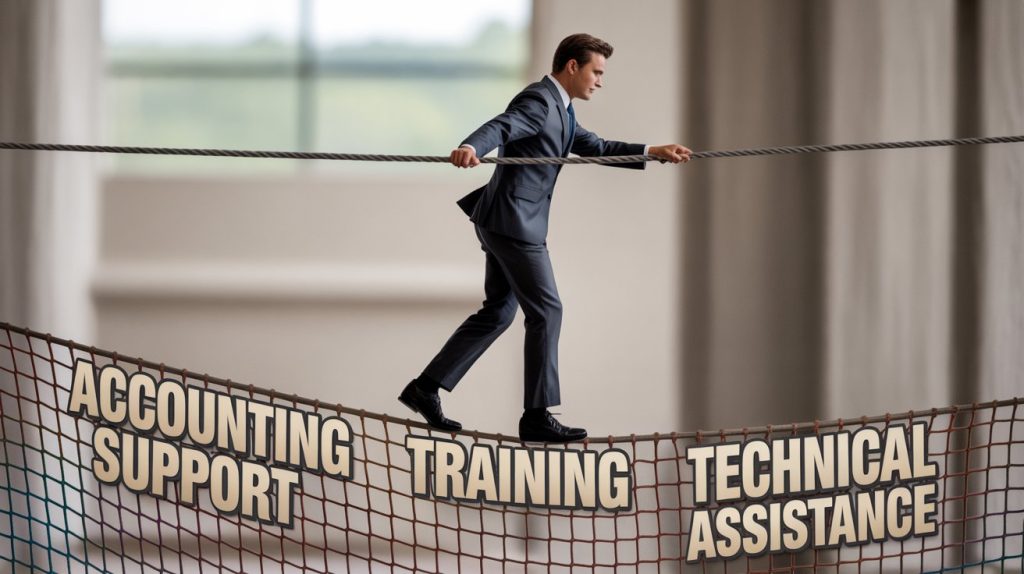
Beyond Compliance: Unexpected Benefits
Making tax digital for VAT compliance often delivers benefits that weren’t immediately obvious during the initial panic phase.
- Real-time financial visibility becomes possible when your VAT records integrate with broader accounting systems. Instead of discovering problems quarterly when preparing returns, issues surface immediately when they occur.
- Reduced error rates naturally follow digital processes. The government aims to reduce the amount of tax lost due to avoidable errors from manual data entry (New MTD for VAT Rules 2025: What Small Businesses Must Know). Software performs calculations consistently, unlike humans who might transpose numbers or miscalculate percentages after dealing with demanding customers all day.
- Audit trails become automatic features rather than afterthoughts. Every transaction carries digital fingerprints showing when it was entered, by whom, and what changes occurred over time. This is crucial in case of an HMRC investigation.
- Time savings accumulate gradually but significantly. What previously required hours of manual calculation and data entry reduces to minutes of review and submission once you’re comfortable with making tax digital for VAT processes.
These benefits don’t appear immediately – they develop over months as you become comfortable with digital processes and trust the systems to handle routine tasks accurately.
Technical Hiccups: When Things Go Wrong
Digital systems fail. Software crashes. Internet connections disappear at crucial moments. Accepting this reality helps prepare for inevitable technical difficulties with making tax digital for VAT submissions.
- Software glitches usually occur during peak submission periods when everyone’s trying to submit returns simultaneously. Having backup plans prevents last-minute panic attacks when dealing with making tax digital for VAT deadlines.
- Internet connectivity issues can derail submission schedules. Many businesses maintain backup internet options – mobile hotspots, alternative WiFi networks, or arrangements with nearby businesses for emergency access.
- Data corruption rarely occurs but carries devastating consequences. Regular backups aren’t just recommended – they’re essential insurance policies against catastrophic data loss when managing making tax digital for VAT records.
- User errors happen to everyone. Accidentally deleting important records or miscategorising significant transactions can create compliance headaches. Software with undo functions and audit trails helps recover from human mistakes.
Future Developments: What’s Coming Next
HMRC isn’t stopping with VAT. Making Tax Digital for Income Tax is coming, with sole traders and landlords with annual income over £50,000 required to comply from April 2026, dropping to £30,000 in April 2027 (Pro Tax Accountant/Sage).
Quarterly reporting for income tax represents the next major change affecting small businesses. Current annual self-assessment processes will likely evolve into more frequent digital submissions similar to making tax digital for VAT.
Real-time reporting capabilities are expanding. Some businesses already submit transaction data immediately rather than waiting for quarterly deadlines.
Integration requirements will probably increase. Expect tighter connections between different tax obligations, requiring more sophisticated software solutions that handle both making tax digital for VAT and income tax requirements.
Understanding these future developments helps make current investment decisions more strategic. Software chosen today should ideally handle tomorrow’s requirements without requiring complete system overhauls.
Taking Action: Your Next Steps
Start by auditing your current making tax digital for VAT processes. How much time do you spend on VAT-related tasks monthly? What software do you already use? How complex are your transactions?
Research software options systematically rather than choosing based on price alone. Most providers offer free trials or demonstrations. Test several options using your actual business data rather than theoretical examples.
Consider professional support for implementation, even if you plan to handle ongoing operations independently. Initial setup often determines long-term success or frustration with making tax digital for VAT systems.
Plan for transition periods requiring extra time and potentially additional help. Implementation rarely goes perfectly smoothly, but adequate planning minimises disruption to regular business operations.
Contact Ask Accountant at +44(0)20 8543 1991 to discuss how our digital VAT services can support your specific business needs. Our experience with making tax digital for VAT implementations helps small businesses navigate compliance requirements whilst maintaining focus on growth and customer service.
Frequently Asked Questions
Q: Do all businesses need to comply with MTD for VAT?
A: Yes, all VAT-registered businesses must comply with making tax digital for VAT requirements, regardless of turnover. HMRC automatically enrolls new VAT-registered businesses unless they qualify for specific exemptions.
Q: Can I still use spreadsheets for MTD for VAT?
A: Spreadsheets alone don’t meet making tax digital for VAT requirements. You need HMRC-compatible software that can submit returns via API. Some software can import spreadsheet data, but manual entry into HMRC’s web portal is no longer allowed.
Q: What happens if my making tax digital for VAT software fails?
A: If technical issues prevent submission, contact HMRC immediately. They may grant extensions for genuine technical failures. Having backup internet connections and alternative submission methods helps prevent deadline issues.
Q: How much does making tax digital for VAT compliance cost?
A: Costs vary from £10-100+ per month for software, plus potential setup, training, and professional support costs. Consider total cost of ownership, not just subscription fees, when budgeting for making tax digital for VAT compliance.
Q: Do I need to digitise old paper records for making tax digital for VAT?
A: You must keep digital records going forward, but historical paper records remain acceptable for their original time periods. However, digitising improves access and integration with your new making tax digital for VAT systems.
